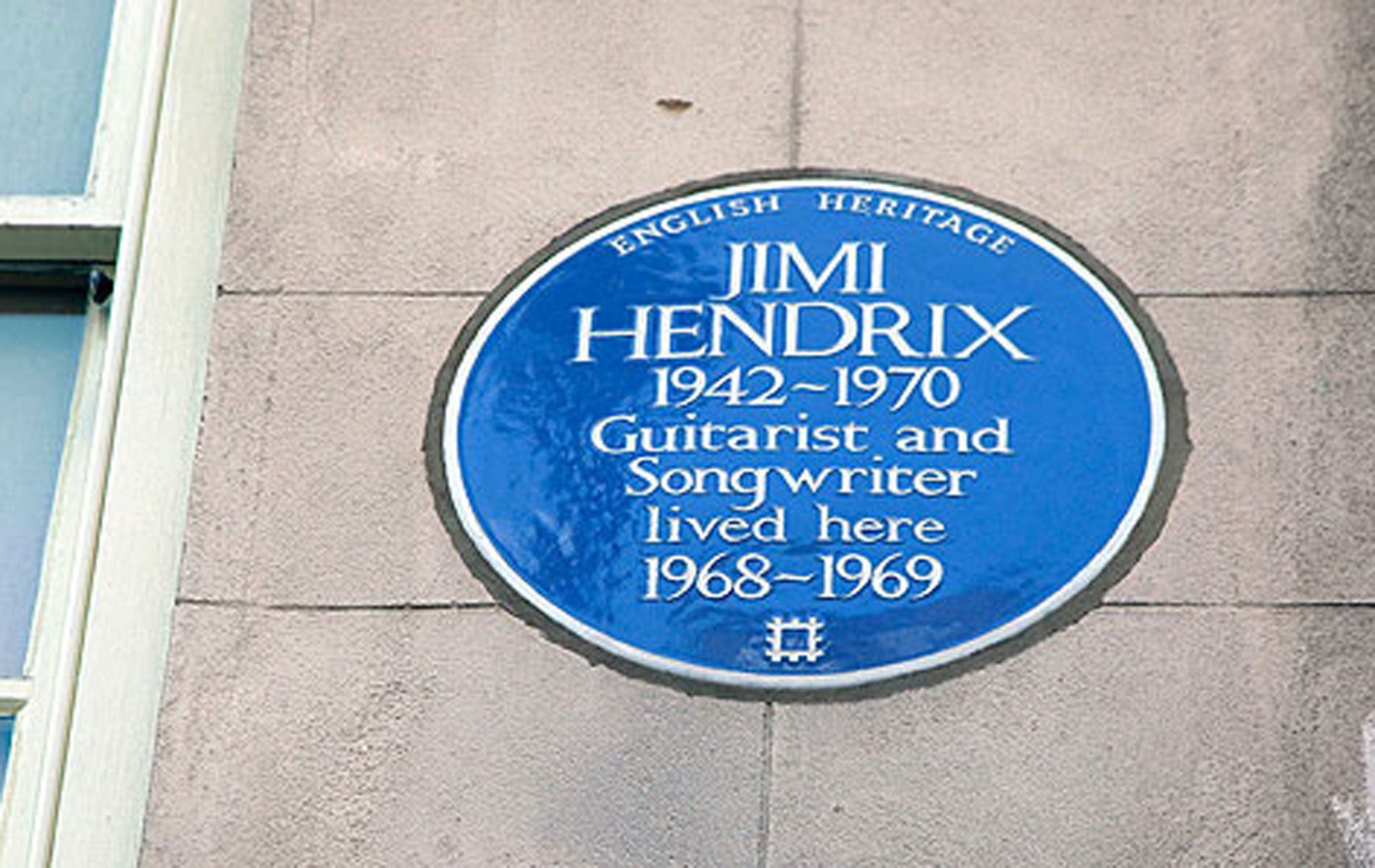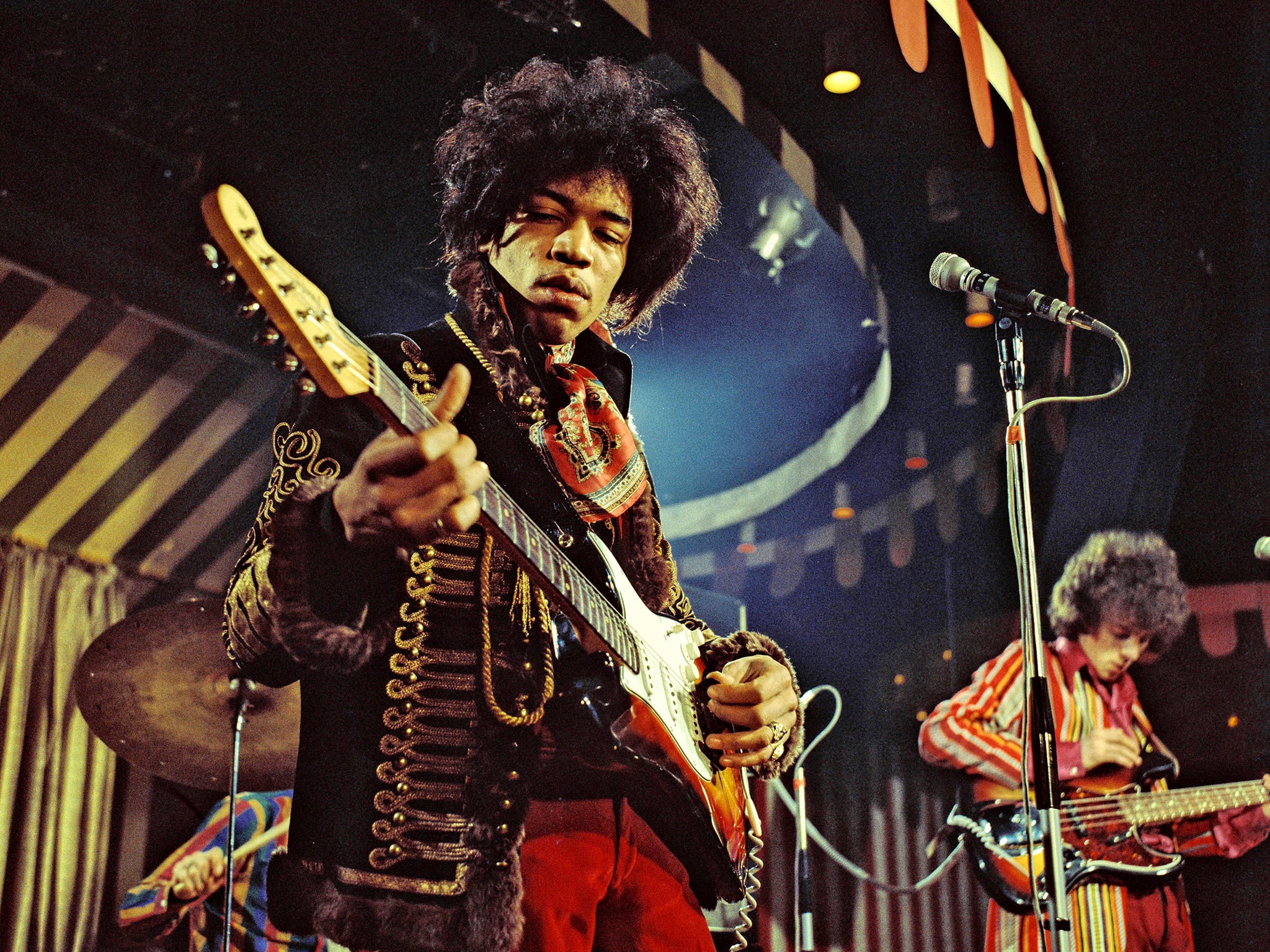Search is on for black and Asian figures to honour with blue plaques
Just 4 per cent of over 900 plaques on buildings across London commemorate BAME figures from history, English Heritage says

Your support helps us to tell the story
From reproductive rights to climate change to Big Tech, The Independent is on the ground when the story is developing. Whether it's investigating the financials of Elon Musk's pro-Trump PAC or producing our latest documentary, 'The A Word', which shines a light on the American women fighting for reproductive rights, we know how important it is to parse out the facts from the messaging.
At such a critical moment in US history, we need reporters on the ground. Your donation allows us to keep sending journalists to speak to both sides of the story.
The Independent is trusted by Americans across the entire political spectrum. And unlike many other quality news outlets, we choose not to lock Americans out of our reporting and analysis with paywalls. We believe quality journalism should be available to everyone, paid for by those who can afford it.
Your support makes all the difference.A new initiative to encourage more London blue plaques for notable black and Asian figures has been launched.
The move comes as a plaque to honour pioneering footballer Laurie Cunningham, the first black player to play for England in a competitive international match and the first Englishman to play for Real Madrid, is unveiled.
The plaque marks his childhood home in Stroud Green, north London, where he lived when he was first spotted by a Leyton Orient scout before making his professional debut with the team in 1974.
He is only the second footballer to be recognised with a blue plaque after England World Cup-winning captain Bobby Moore was honoured earlier this year.
As it unveiled the memorial, English Heritage announced it was launching a new working group tasked with proposing black and Asian nominees for the 150-year-old blue plaque scheme, which it has run since 1986.
Just 4 per cent of the more than 900 plaques on buildings across London commemorate black or Asian figures from history, the heritage charity said.
Those who are remembered include Jamaican Crimea War nurse Mary Seacole, Chinese writer Lao She, Indian poet Rabindranath Tagore and guitarist and songwriter Jimi Hendrix.
The low numbers are partly down to a lack of public nominations for people who fulfil the blue plaque criteria and an absence or inaccessibility of historical records establishing a definitive link between the person and the building where they lived, English Heritage said.

To qualify for a blue plaque, nominees must be regarded as eminent within their field and their achievements have made an exceptional impact or deserve national recognition.
They must have been dead for 20 years and have lived in London for a significant period in time or importance, while the building where they lived must still survive without significant exterior alterations.
The working group will be led by English Heritage blue plaque panel member and cultural historian Augustus Casely-Hayford, who said: “This great city has always been an ethnic melting pot.
“We are linked through language, culture, political alliance and economic partnership to every part of the world.
“And peoples from places that we have touched, have found their way here, to not just make London their home, but to make London and this country what it is.
“We want to celebrate that rich complex, sometimes, difficult history, through the lives of those that truly made it.”
English Heritage's curatorial director, Anna Eavis, said: “Since 1866 when the blue plaques scheme was established, our idea of which figures from the past are significant has changed.
“Today we are honouring an incredibly gifted footballer who paved the way for many other black players.
“But there are many others of national importance within the black community who have not been nominated for plaques - we've established this group to help get their names and stories in front of our panel and ensure that their achievements are considered for recognition.
“We want the blue plaques scheme to celebrate the contributions of those groups which traditionally have been under-represented in history including women and the working class, Black and Asian communities.”
PA
Join our commenting forum
Join thought-provoking conversations, follow other Independent readers and see their replies
Comments